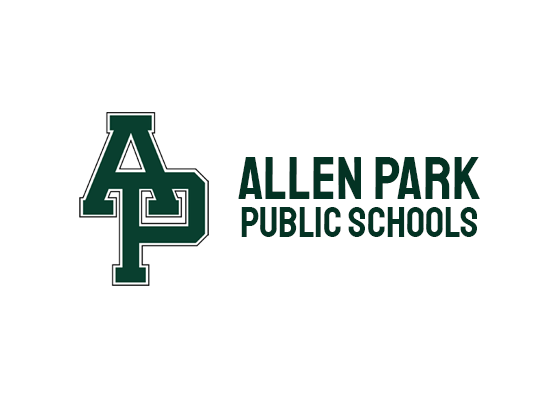Creating a Safe Learning Environment
To provide an environment conducive to learning, schools must prioritize safety and security. A comprehensive school security system combines various elements to protect students, staff, and assets effectively. This guide outlines key components and strategies for implementing robust security measures in educational settings.

Alarm Systems: Your First Line of Defense
A robust school alarm system is crucial in securing your facility against theft, unauthorized access, fire, and natural disasters. An effective system should include perimeter alarms to detect physical intrusions, coupled with loud sirens and flashing lights to deter intruders. Door sensors are essential for detecting ajar doors or jammed locks, while motion sensors and vibration detectors provide enhanced coverage. Integration with central monitoring ensures quick response to any security breaches. For K-12 schools, focus on single-building solutions that provide enhanced situational awareness. University campuses, on the other hand, require more complex systems capable of monitoring multiple buildings across a large area.
Creating Thriving School Spaces: A Safety-First Approach
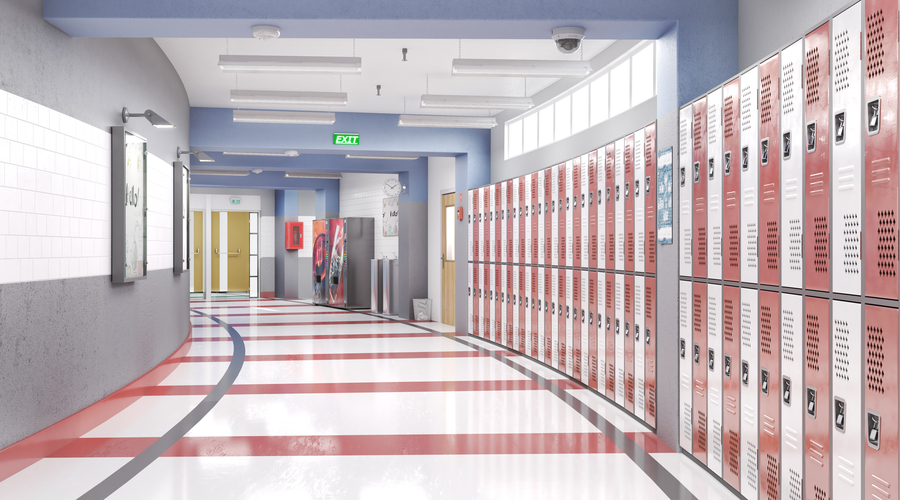
Access Control: Managing Entry and Movement
A comprehensive access control system is vital in allowing authorized individuals into the school while keeping unauthorized persons out. Keyless entry systems should be installed for both outdoor and indoor environments, offering multiple authentication methods such as keypads, biometrics, or mobile-based solutions. Customizable access levels for students, staff, and visitors ensure appropriate restrictions are in place. Integration with door locks and alarms further enhances security, while activity logs help track who accesses what and when. Schools can choose between on-premise systems for complete in-house control or cloud-based solutions for remote management and scalability, depending on their specific needs and resources.
Video Surveillance: Enhancing Situational Awareness
Strategic deployment of security cameras throughout the school is crucial for monitoring activities and responding to incidents effectively. Cameras should be placed at school security checkpoints and incident-prone areas. A mix of camera types can provide comprehensive coverage: bullet and dome cameras for versatile indoor/outdoor use, panoramic cameras for wide-area coverage, and PTZ cameras for monitoring large outdoor spaces. Implementing AI-powered video analytics can enable automatic threat detection, significantly enhancing the system's effectiveness. Ensuring integration with a robust video management software (VMS) allows for centralized control and streamlined operations.
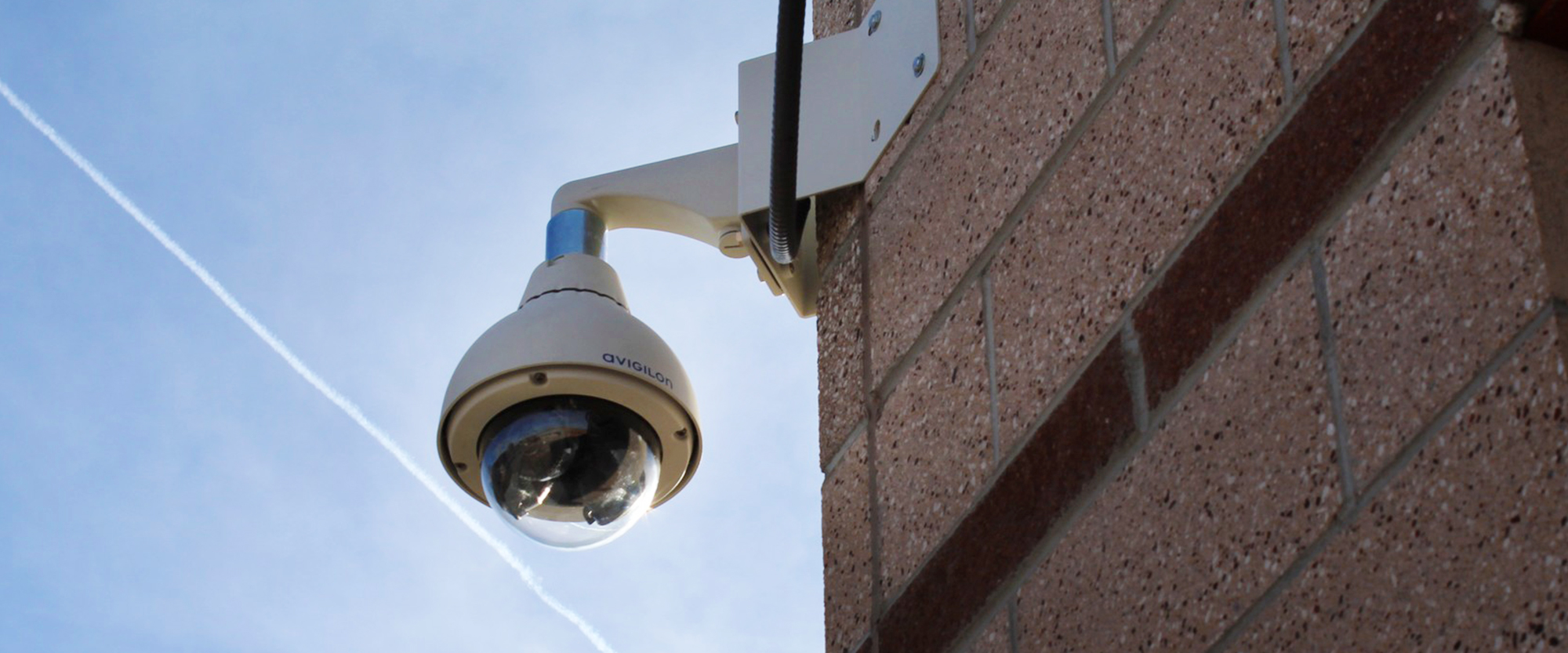
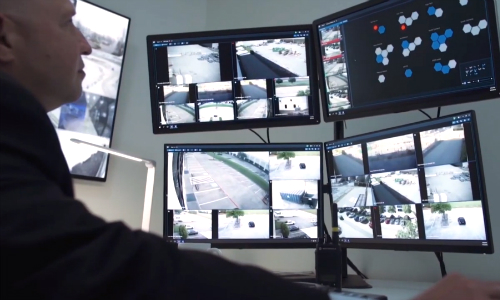
Integrated Security Management
To maximize the effectiveness of your security systems, all components should work together seamlessly. Implementing a centralized security management platform allows for coordinated operations and response. This integration ensures that alarm systems, access control, and video surveillance function as a cohesive unit. For instance, an activated alarm can automatically trigger nearby cameras to focus on the area of concern. Custom lockdown procedures can be developed and quickly activated in emergencies, providing a rapid response to potential threats.
Tailoring Your Security Approach
When designing your security system, it's crucial to consider your school's specific needs. Single-building schools should focus on controlling main entrances and key internal areas, while multi-building campuses require a distributed security approach with centralized management. Identify high-risk areas such as entrances, parking lots, and gathering spaces for enhanced security measures. Security measures should also be adaptable for different times of day and various events, from regular school hours to after-hours activities and special events.
School Security Assessment: Expert Insights Revealed
Complete Security Solutions: From Start to Finish
Special Considerations for School Security
Several specific issues require attention in school environments. Bike theft prevention can be addressed by installing cameras and alarms near bike storage areas. Comprehensive lockdown procedures should be developed and regularly practiced for various emergency scenarios. A visitor management system is crucial for vetting and tracking visitors on campus. Environmental monitoring, such as sensors for detecting vaping in bathrooms, can address specific behavioral concerns. Lastly, establishing reliable emergency communication systems is vital for notifying students, staff, and parents during crises.
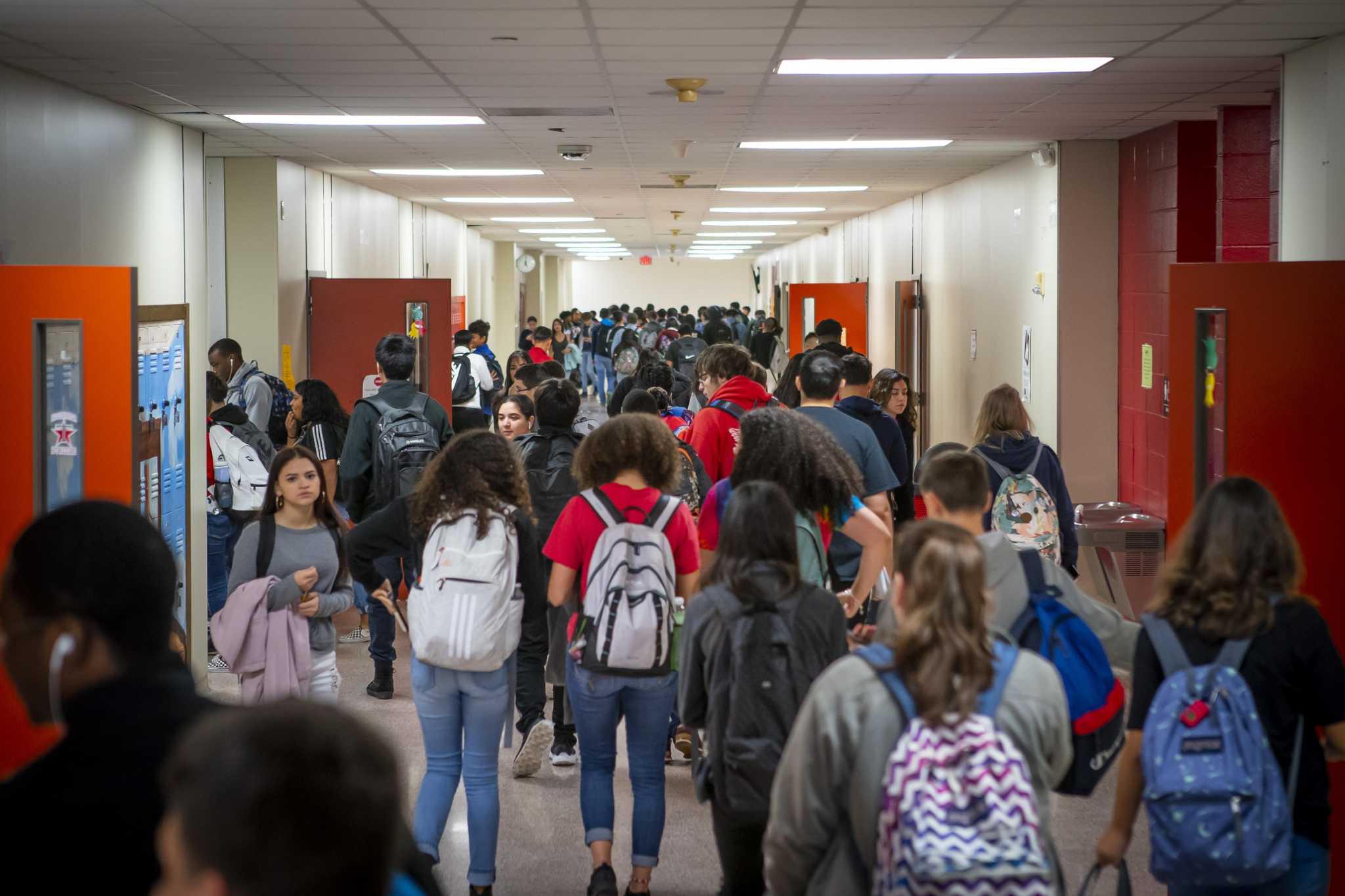
By implementing these comprehensive security measures, schools can create a safer environment that supports learning while being prepared to respond effectively to various security challenges. Regular review and updates to security protocols are essential to address evolving threats and leverage new technologies, ensuring that the school's security measures remain robust and effective over time.
School Safety Intelligence: Data-Driven Protection
Future-Ready School Safety: Protecting Tomorrow's Leaders
Some of Out Clients

